
The new IPBES sustainable use assessment – Recognising the centrality of wildlife use for people and nature
09 Jul 2022
The release of an advanced unedited version of the Summary for Policymakers of the IPBES Assessment of the Sustainable Use of Wild Species is timely as the Conference of the Parties of the two key conventions dealing with this topic will take place later this year. The Convention on International Trade in Endangered Species (CITES) meets in November followed by the Convention on Biological Diversity (CBD) in December. What insights from the IPBES Sustainable Use Assessment could inform these meetings and possibly even further an alignment of the negotiated outcomes?
CITES is the older of the two conventions starting in the 1970s long before the concept of sustainable development emerged. Nevertheless, the Convention recognises “the ever-growing value of wild fauna and flora from aesthetic, scientific, cultural, recreational and economic points of view” and goes on to set out an international mechanism to ensure sustainable use through “the protection of certain species of wild fauna and flora against over-exploitation through international trade.”
The concept of sustainable development took off in 1980 with the launch of the IUCN World Conservation Strategy advocating conservation as a prerequisite for sustainable development and defining conservation as “the management of human use of the biosphere so that it may yield the greatest sustainable benefit to present generations while maintaining its potential to meet the needs and aspirations of future generations.” The Strategy’s three main objectives included “the sustainable utilisation of species and ecosystems (notably fish and other wildlife, forests, and grazing lands), which support millions of rural communities as well as major industries.”
This objective was reaffirmed with the launch of the CBD in 1992 with its objectives including “the conservation of biological diversity” and “the sustainable use of its components.” However, whereas the World Conservation Strategy envisioned sustainable use as central to concept of conservation and to ensuring that development is sustainable, the CBD envisioned sustainable use a separate biodiversity objective alongside conservation.
Since 1992, many of us no longer think of conservation including sustainable use, but rather of conservation as somehow different from sustainable use, as in the common expression of ‘conservation and sustainable use.’ With this subtle but significant change, the link between conservation and sustainable development became less clear. For example, the only mention of sustainable development in the CBD itself is to promote it in areas next to protected areas. Overstating it somewhat, conservation is what we do inside the park, and sustainable use is, at best, what we do outside.
And so rather than having an IPBES assessment on the conservation of wild species including through sustainable use, we now have a standalone assessment on the sustainable use of wild species. The Summary for Policymakers uses the CBD definition of sustainable use and, interestingly, does not offer a complementary definition of conservation. However, in defining sustainable use, it goes on to say that “sustainable use is also an outcome of social-ecological systems that aim to maintain biodiversity and ecosystem functions in the long term, while contributing to human well-being.” This is quite close to the IUCN definition of conservation noted above which sees conservation as the management of human use of the biosphere – which one could call a social-ecological system – to deliver sustainable human benefit. A welcome outcome of this assessment would be to rekindle a deeper understanding at the upcoming CITES and CBD meetings of sustainable use as central to what we mean by conservation.
There is much to digest in the Summary for Policymakers and surely there will be much more to study and reflect on when the full assessment is released to the public. Notably, like the IUCN World Conservation Strategy of four decades ago, the assessment starts with an emphasis on the importance of sustainable use for both people and nature. Or in the words written those many years ago, “conservation is that aspect of management which ensures that utilisation is sustainable, and which safeguards the ecological processes and genetic diversity essential for the maintenance of the resources concerned.”
The IPBES assessment puts this message across in bullet points as follows. These points alone should encourage the negotiators at the upcoming CITES and CBD meetings to think more seriously about their responsibility to establish an enabling environment for sustainable use.
A. Sustainable use of wild species is critical for people and nature
1. Billions of people in all regions of the world rely on and benefit from the use of wild species for food, medicine, energy, income, and many other purposes.
- The use of wild species directly contributes to the well-being of billions of people globally on a day-to-day basis and is particularly important to people in vulnerable situations.
- About 50,000 wild species are used for food, energy, medicine, material, and other purposes through fishing, gathering, logging and terrestrial animal harvesting globally.
- Wild species are important sources of subsistence resources and income. Uses of wild species form the basis for economically and culturally important activities worldwide.
- Gathering wild plants, fungi and algae takes place in both developed and developing countries worldwide. Such a practice is closely associated with cultural and subsistence practices, and can also supply global markets.
- Wild tree species are currently the major source for wood and wood products and will continue to be so in the coming decades…. Logging is an important source of subsistence resources and income for millions of people worldwide.
- Nature-based tourism, including wildlife watching, supports mental and physical well-being, raises awareness, and facilitates connections to nature, in addition to bringing local benefits such as direct income generation to local communities.
- The potential contributions from sustainable use of wild species to meeting the Sustainable Development Goals is substantial, but largely overlooked.
2. Sustainable use of wild species is central to the identity and existence of many indigenous peoples and local communities
- Wild species play essential roles in the well-being of many indigenous peoples and local communities. Loss of opportunity to engage in sustainable use of wild species represents an existential threat to indigenous peoples and local communities.
- Sustainable use of wild species contributes to the livelihoods of indigenous peoples and local communities through subsistence, as well as trade in informal and formal markets.
- Knowledge, practices, and worldviews guide sustainable uses of wild species by many indigenous peoples and local communities.
3. Ensuring sustainability of the use of wild species, including inter alia by promoting the sustainable use and halting overexploitation, is critical to reverse the global trend in biodiversity decline.
- Effective management systems that promote the sustainable use of wild species can contribute to broader conservation objectives.
- Overexploitation has been identified as the main threat to wild species in marine ecosystems and the second greatest threat to those in terrestrial and freshwater ecosystems… Addressing the causes of unsustainable use and reversing the trend, will result in better outcomes for these wild species.
- Indigenous peoples manage fishing, gathering, terrestrial animal harvesting and other uses of wild species on more than 38 million km² of land in 87 countries.
As we move towards yet another round of negotiations on the international trade in wild fauna and flora at the CITES meeting in November and towards the adoption of a Post-2020 Global Biodiversity Framework at the CBD meeting in December, it would be good for the negotiators, and indeed all the stakeholders, to reflect on the new IPBES sustainable use assessment. In so doing, we may have a chance to ensure that the negotiated outcomes support its recommendation that we “promote the sustainable use of wild species” upon which “billions of people in all regions of the world rely on and benefit from.”
Prof Francis Vorhies
AWEI Director
Ivonne Higuero, CITES Secretary-General, welcomes the IPBES Sustainable Use of Wild Species Assessment
Elizabeth M. Mrema, CBD Executive Secretary, welcomes the IPBES Sustainable Use of Wild Species Assessment
No authors to show
We support the free flow of information. Please share:
More content
-
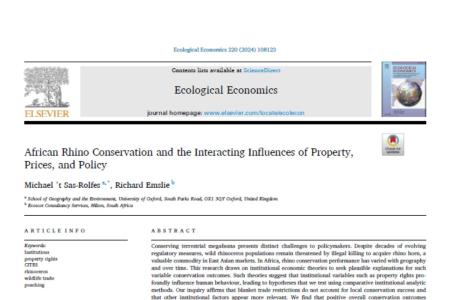
African Rhino Conservation - Interacting Influences
Michael ’t Sas-Rolfes…Conserving terrestrial megafauna presents distinct challenges to policymakers. Despite decades of evolving regulatory measures, wild rhinoceros populations remain...
2024Research -
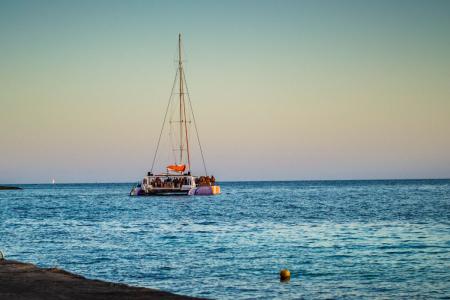
World Oceans Day: Awakening Africa’s Blue Economy
Dr Francis VorhiesThe theme of World Oceans Day 2024 on 8 June is “Awaken New Depths”. A key topic is the…
Articles -
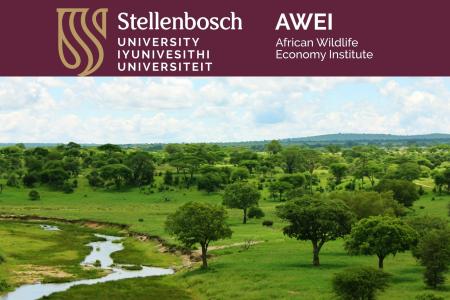
AWEI Updates May 2024
Ms Emily TaylorAs the Wildlife Economy Institute (AWEI) continues to grow and expand its reach, we have decided to produce…
Articles -
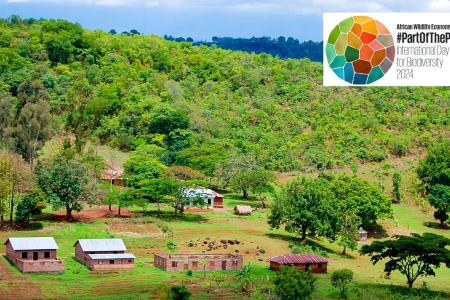
AWEI's role in the Biodiversity Plan for Life on Earth
Dr Francis Vorhies22 May 2024
Through a landscape approach to the development of Africa’s wildlife economy, we are part of…
Articles -
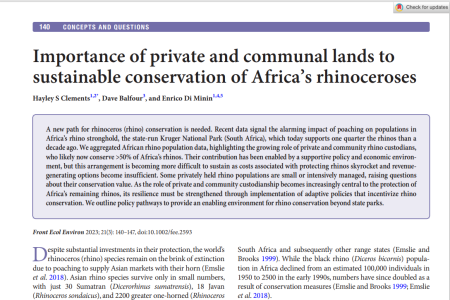
Importance of private and communal lands to sustainable conservation of Africa's rhinoceroses
Dr Hayley Clements…A new path for rhinoceros (rhino) conservation is needed... We aggregated African rhino population data, highlighting the growing...
2023Research -
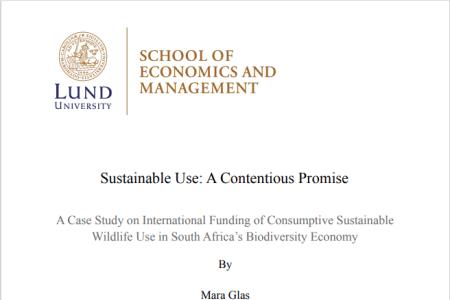
Sustainable Use: A Contentious Promise
Ms Mara GlasA Case Study on International Funding of Consumptive Sustainable Wildlife Use in South Africa's Biodiversity Economy In South...
2022Research -
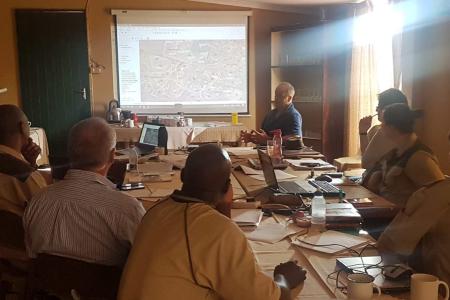
Collaborative governance models of wild product value chains for conservation and livelihood resilience
Mr Thapelo Brilliant LebopaSustainable utilisation of wild products, such as non-timber forest products, wild meat, and medicinal plants, requires governance models…Articles -
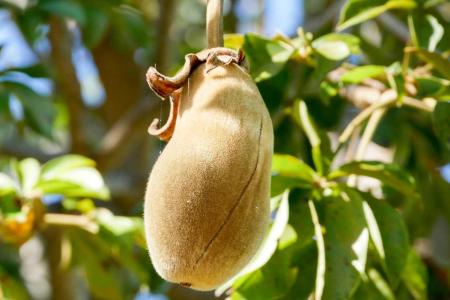
SA’s new biodiversity strategy is a key move away from colonial fortress conservation
Prof Brian Child…It was disappointing to read an article in Daily Maverick that sought to “ring alarm bells” about a…
Articles -
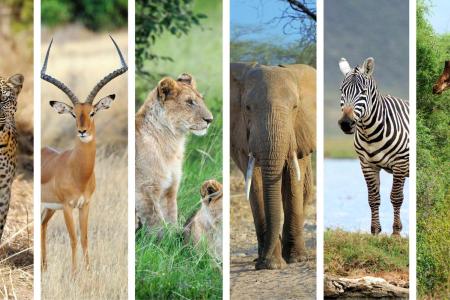
Ensuring the use of wild species benefits people
Dr Francis Vorhies…Observed annually on 3 March, World Wildlife Day is an opportunity for us to celebrate the diverse range of wild…Articles
Get updates by email
Through impactful research, stakeholder engagement, and professional development, AWEI is supporting the wildlife economy across Africa. Please subscribe for occasional updates on our work and forthcoming events.
Sign up for a quarterly dose of AWEI insights
In a complex and changing world, AWEI generates strategic ideas, conducts independent analysis on wildlife economies, and collaborates with global scholar-practitioners to provide training and expertise for biodiversity conservation, climate resilience, and inclusive economic opportunities in Africa.




